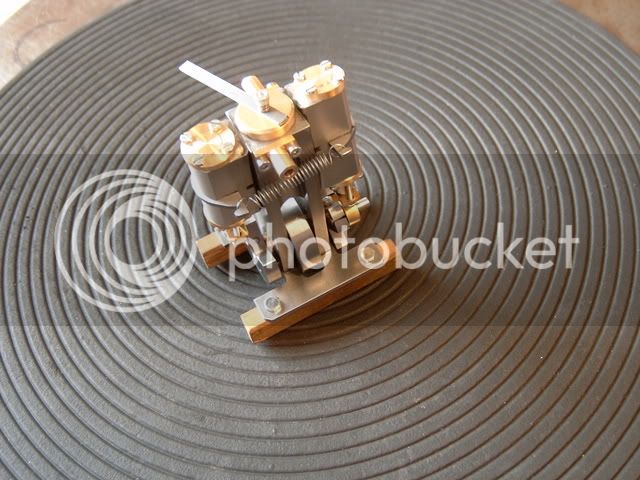John
Active Member
- Joined
- Nov 14, 2007
- Messages
- 38
- Reaction score
- 1
I plan to build a small steam engine of the oscillating type to fit into Meccano models.
I have on hand some brass tubing with an 8.8mm (11/32") bore which would make an ideal cylinder.
Is there any rule-of -thumb or data tables which would tell me the following:
With a cylinder bore of 11/32" is there an optimum length of piston so that it runs easily in the bore?
What is the best piston material to use in a brass cylinder. Brass?, Aluminium?, Steel?. I intend to use a plain piston, no rings, just a couple of grooves to carry oil.
What would be the optimum stroke length with an 11/32" bore, assuming a steam pressure of around 20psi (seems to be the usual running pressure of toy steam engines)?
Any comments appreciated.
John
I have on hand some brass tubing with an 8.8mm (11/32") bore which would make an ideal cylinder.
Is there any rule-of -thumb or data tables which would tell me the following:
With a cylinder bore of 11/32" is there an optimum length of piston so that it runs easily in the bore?
What is the best piston material to use in a brass cylinder. Brass?, Aluminium?, Steel?. I intend to use a plain piston, no rings, just a couple of grooves to carry oil.
What would be the optimum stroke length with an 11/32" bore, assuming a steam pressure of around 20psi (seems to be the usual running pressure of toy steam engines)?
Any comments appreciated.
John






